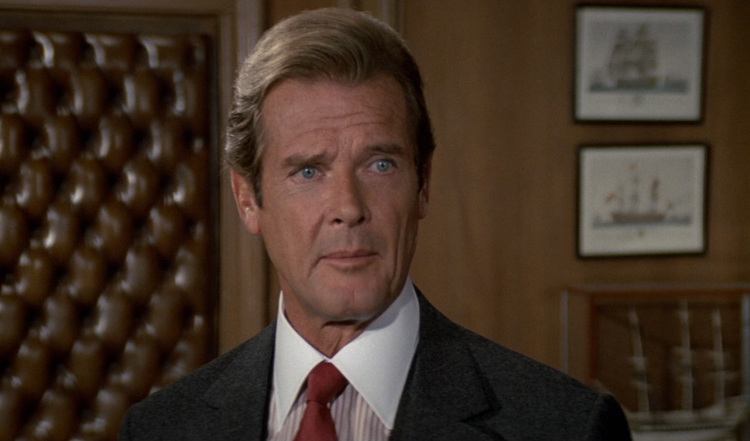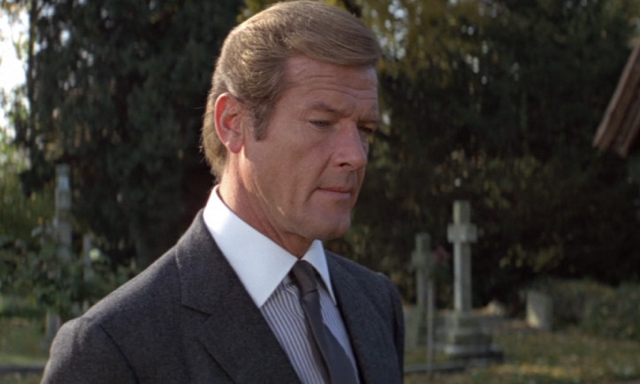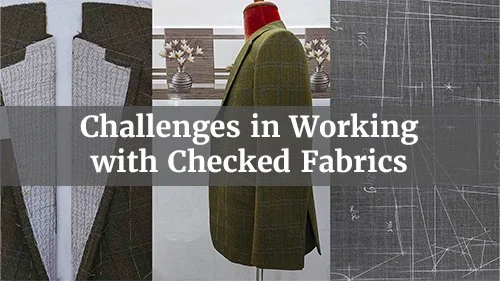Complexion also dictates the choice of pattern
Once again the amount of contrast found in the complexion above will dictate the degree of contrast desired below. The Hairline, pin, pencil, shadow, Bengal, and variegated striped settings enjoy long standing popularity on the business circuit as patterned dress shirt.
In the check family, the pin, miniature graph, and small box tattersall are also highly recognized figures within the corporate boardroom.

Fred Astaire wearing a Bengal striped shirt


Roger Moore wearing a Bengal striped shirt with contrasting collar
While it’s hard to own too many simple blue-and-white-striped dress shirts, the same can be said for those dressy mini-checks that effect a predominantly blue background. Because the small, fancy blue check appears like a solid from a distance, substituting the fine blue check for a blue solid shirt lends an air of sophistication with little risk of fussiness.
Stripes or checks with red accents suit a ruddier complexion, while yellow or gold patterns favor the fair-skinned or blond man. Medium to bottle green stripes or simple green graph checks on white grounds are always stylish, especially under the classic navy or gray worsted suit.
With a white ground stripe or check, a contrasting white collar is always an option, and its historical provenance should not be ignored. The contrasting white-collar dress shirts hark back to the days of the separate collar.
Today, only the rounded, cub-type (preferably pinned) or the very open, almost cutaway model are stylish enough to hold their own when contrasted against a different color or patterned shirt body.
Contrary to popular opinion, the contrasting white collar does not require a matching white French cuff to maintain its pedigree, although it does more to catch the eye, a button cuff has no place at the end of a sleeve attached to a shirt with a contrasting white collar.

Michael Douglas as Gordon Gekko wearing a shirt with contrasting collar

Christian Bale as Patrick Bateman in American Psycho

Matthew Mcconaughey copying the Gordon Gekko look in Wolf of Wallstreet





























